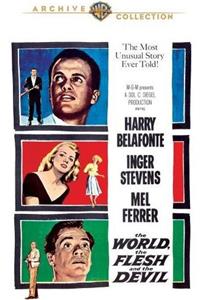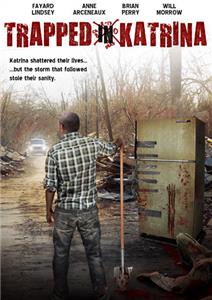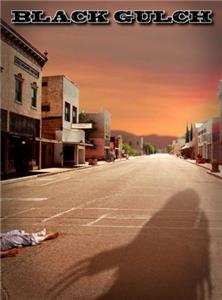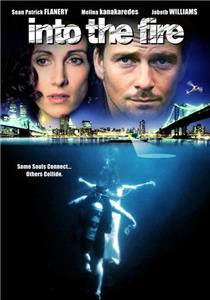The World, The Flesh and The Devil (1959) Online

Ralph Burton is a miner who is trapped for several days as a result of a cave-in. When he finally manages to dig himself out, he realizes that all of mankind seems to have been destroyed in a nuclear holocaust. He travels to New York City only to find it deserted. Making a life for himself there, he is flabbergasted to eventually find Sarah Crandall, who also managed to survive. Together, they form a close friendship until the arrival of Benson Thacker who has managed to pilot his small boat into the city's harbor. At this point the tensions rise between the three, particularly between Thacker, who is white and Burton, who is black.
| Complete credited cast: | |||
| Harry Belafonte | - | Ralph Burton | |
| Inger Stevens | - | Sarah Crandall | |
| Mel Ferrer | - | Benson Thacker |
When Ralph marks his route to New York City on the map, he starts at a point in the center of Pennsylvania. There is no real town of Chatsburg in PA, but there is a town near his starting point called "Bellefonte" (the character Ralph Burton in the movie is played by Harry Belafonte).
To film the striking images of a deserted New York City, the cast and crew had to start filming at dawn in order to capture the city before the early morning rush. This gave them no more than an hour or two per day in which to film the sequence.
The montage of the lion statues when Ralph rings the bell at St. Patrick's Cathedral is an homage to the stone lion montage in Šarvuotis Potiomkinas (1925) and is also parodied in Woody Allen's Sleeper (1973).
On the bookshelf behind the bed in which Ben Thacker is recovering, is a copy of "The Proud Land" by James Lee Bartlow. This is the book supposedly written by Bartlow, played by Dick Powell in The Bad and the Beautiful (1952).
Ralph sets up a top-of-the-line Lionel Super O train set in his apartment.
The three survivors watch two "News of the Day" news reels. The first is "Faulty Wire Trips the Vanguard" (1958) with commentary by Michael Fitzmaurice, although only 25 seconds (from 0:30 to 0:55) of the 63-second news reel is shown in the movie. The second is "World Lovelies Take Ferris Ride" (1959) with commentary by Peter Roberts showing candidates for the Miss Universe contest at Palisades Park, New Jersey. The copyright date of the second news reel is unreadable and appears to have been made out of focus on purpose.
Inger Stevens went on to star in the tv series "The Farmer's Daughter" and later starred in the first Clint Eastwood Hollywood western "Hang 'Em High".
Ralph sets up residence in a luxury apartment, which he enters on a chilly, rainy day at the 30 minute mark in the movie. On a counter in the living room there are decorative objects, along with two children's toys: a rag doll and a Robby the Robot toy. Moments later, Ralph is preparing to start a fire in a fireplace using a wad of newspapers he's gathered up from the living room. However, both the rag doll and the Robby toy are now missing from the counter. The rag doll can be seen in Harry's right hand, and he places the Robby toy onto the fireplace next to the wad of papers, then he lights the fire. The scene cuts immediately after he applies the match to the papers, and we never find out if Ralph intended to burn the two toys or to save them as reminders that children previously lived in this now deserted apartment. But the fact that Ralph later sets up an electric train set that wanders throughout the apartment seems to suggest the latter.
At the 35 minute mark Ralph is seen in his lavishly decorated bedroom with scores of framed paintings covering the walls. Obviously they were collected from art galleries around the city, along with statuary on top of shelves and dresser tops. Paintings are even stacked on the floor, leaning against the walls. This profusion of artwork implies that Ralph values the fruits of mankind's artistic endeavors and wants to preserve them, despite the fact that he might be the last person on Earth.








User reviews